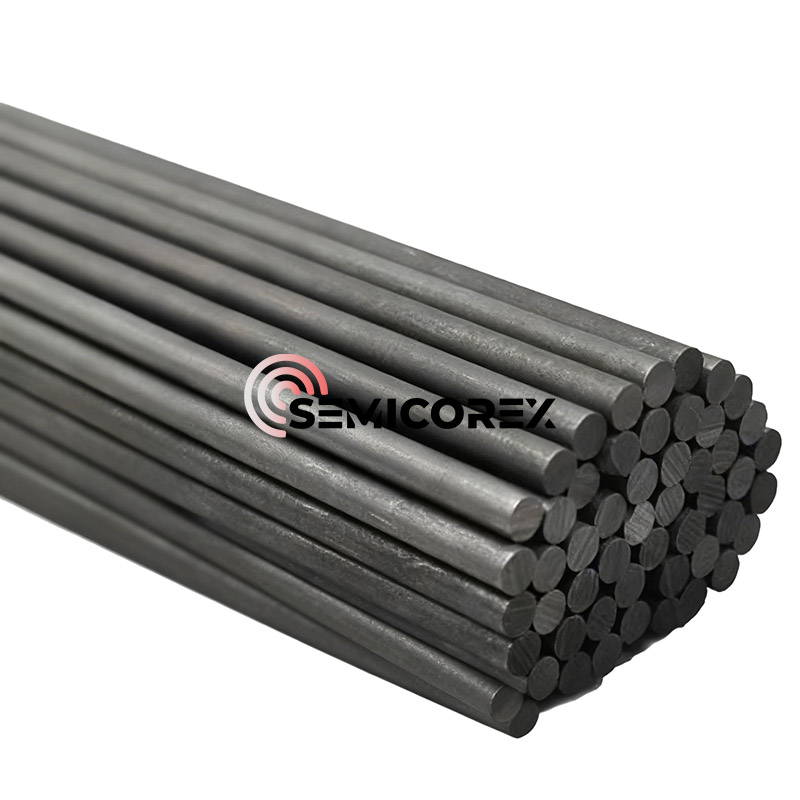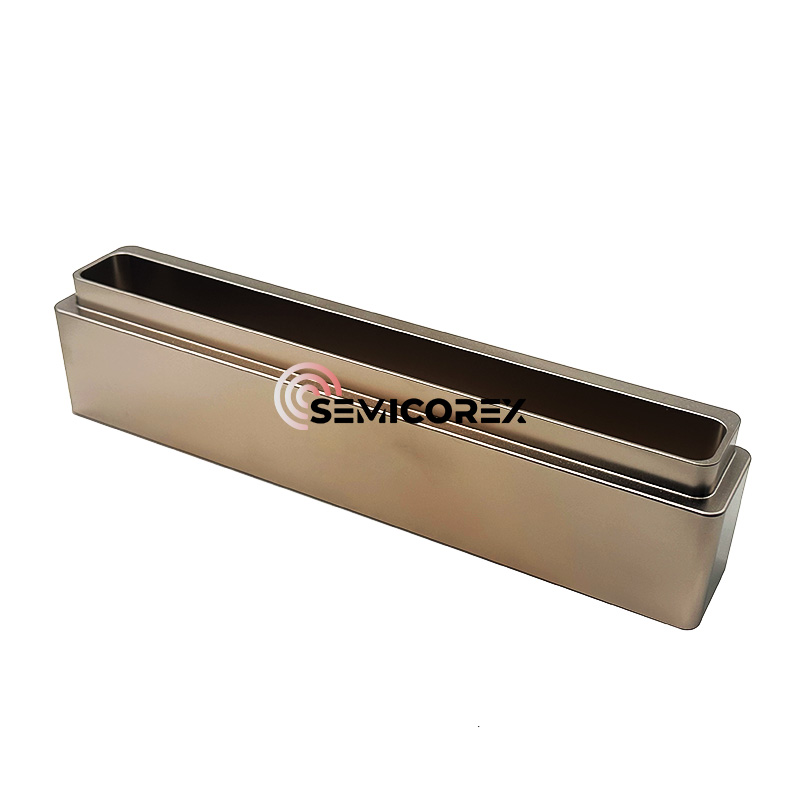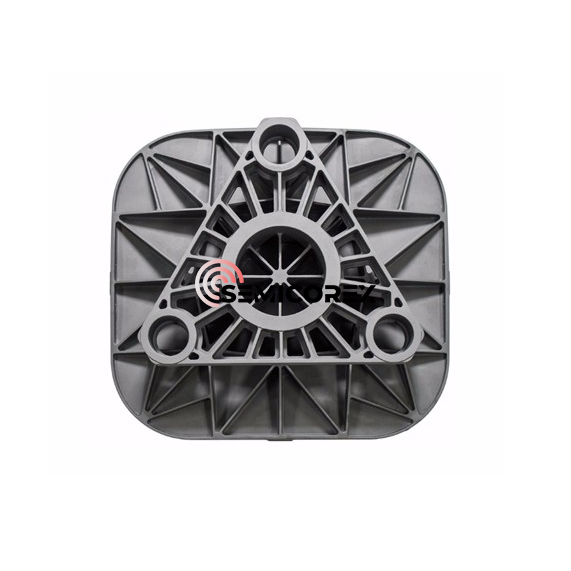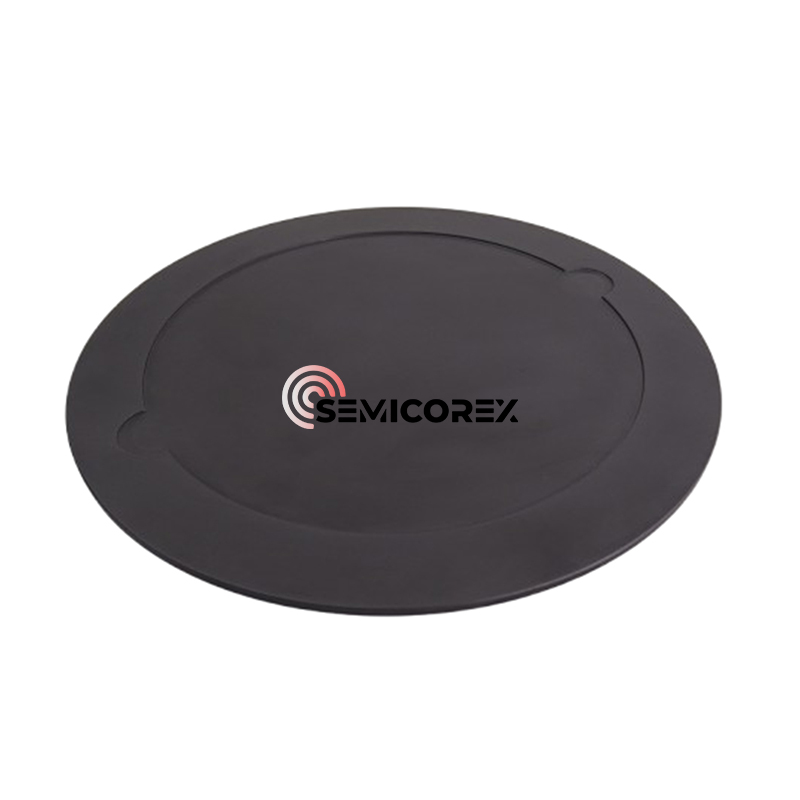
- English
- Español
- Português
- русский
- Français
- 日本語
- Deutsch
- tiếng Việt
- Italiano
- Nederlands
- ภาษาไทย
- Polski
- 한국어
- Svenska
- magyar
- Malay
- বাংলা ভাষার
- Dansk
- Suomi
- हिन्दी
- Pilipino
- Türkçe
- Gaeilge
- العربية
- Indonesia
- Norsk
- تمل
- český
- ελληνικά
- український
- Javanese
- فارسی
- தமிழ்
- తెలుగు
- नेपाली
- Burmese
- български
- ລາວ
- Latine
- Қазақша
- Euskal
- Azərbaycan
- Slovenský jazyk
- Македонски
- Lietuvos
- Eesti Keel
- Română
- Slovenski
- मराठी
- Srpski језик
RTP SiC Coating Plates
Semicorex RTP SiC Coating Plates are high-performance wafer carriers engineered for use in demanding Rapid Thermal Processing environments. Trusted by leading semiconductor manufacturers, Semicorex delivers superior thermal stability, durability, and contamination control backed by rigorous quality standards and precision manufacturing.*
Send Inquiry
Semicorex RTP SiC Coating Plates are precision-engineered components designed specifically for wafer support during Rapid Thermal Processing (RTP) applications. These RTP SiC Coating Plates offer an optimal balance of thermal stability, chemical resistance, and mechanical strength, making them ideal for the demanding environments of modern semiconductor manufacturing.
Our RTP SiC Coating Plates ensure excellent thermal uniformity and minimal contamination risk. The SiC surface provides exceptional resistance to high temperatures—up to 1300°C—and aggressive chemical atmospheres, including oxygen, nitrogen, and hydrogen-rich environments commonly used during annealing, oxidation, and diffusion processes.
Ion implantation replaces thermal diffusion because of its inherent control over doping. However, ion implantation requires a heating operation called annealing to remove the lattice damage caused by ion implantation. Traditionally, annealing is done in a tube reactor. Although annealing can remove lattice damage, it also causes doping atoms to spread out inside the wafer, which is undesirable. This problem prompted people to study whether there are other energy sources that can achieve the same annealing effect without causing dopants to diffuse. This research led to the development of rapid thermal processing (RTP).
The RTP process is based on the principle of thermal radiation. The wafer on RTP SiC Coating Plates is automatically placed in a reaction chamber with an inlet and outlet. Inside, the heating source is above or below the wafer, causing the wafer to be heated rapidly. Heat sources include graphite heaters, microwaves, plasma, and tungsten iodine lamps. Tungsten iodine lamps are the most common. Thermal radiation is coupled into the wafer surface and reaches a process temperature of 800℃~1050℃ at a rate of 50℃~100℃ per second. In a traditional reactor, it takes several minutes to reach the same temperature. Likewise, cooling can be done in a matter of seconds. For radiative heating, the bulk of the wafer does not heat up due to the short heating time. For annealing processes for ion implantation, this means that lattice damage is repaired while the implanted atoms remain in place.
RTP technology is a natural choice for the growth of thin oxide layers in MOS gates. The trend towards smaller and smaller wafer dimensions has resulted in thinner and thinner layers being added to the wafer. The most significant reduction in thickness is in the gate oxide layer. Advanced devices require gate thicknesses in the 10A range. Such thin oxide layers are sometimes difficult to control in conventional reactors due to the need for rapid oxygen supply and exhaust. The rapid ramping and cooling of RPT systems can provide the required control. RTP systems for oxidation are also called Rapid Thermal Oxidation (RTO) systems. They are very similar to annealing systems, except that oxygen is used instead of inert gas.














